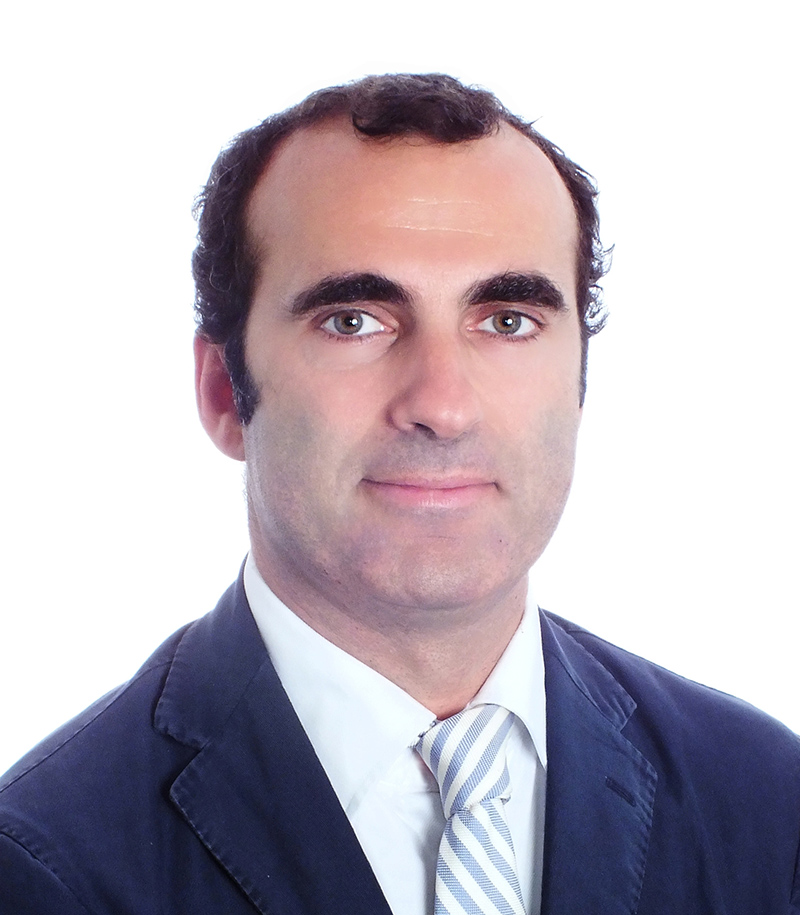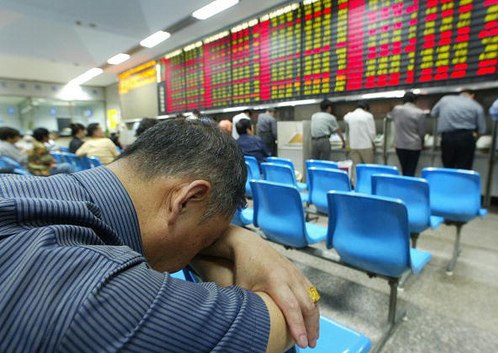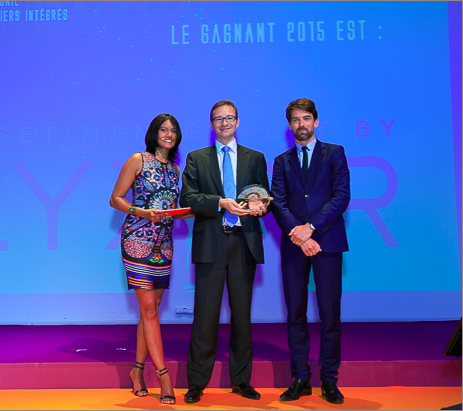Receding Systemic Risks, But Cautious Risk Appetite
| For Fórmate a Fondo | 0 Comentarios

The Lyxor Hedge Fund Index was up +1.3% in July. 8 out of 12 Lyxor Indices ended the month in positive territory, led by the Lyxor CTA Long Term Index (+4.6%), the Lyxor Global Macro Index (+2.6%), and the Lyxor Variable Bias Index (+2.3%).
“Receding systemic risks following the Greek deal and the stabilization of the Chinese stock market haven’t opened a risk-on period. Instead the focus has shifted on the implications from the Chinese slowdown and from the Fed’s normalization.” says Jean- Baptiste Berthon, Senior Cross-Asset Strategist at Lyxor AM.
A macro month with markets left in the passenger seat driven by highly speculative catalysts. They were bound to follow the unpredictable jolts of the intensifying Greek saga ahead of the July 20th repayment deadline. The eleventh hour deal allowed a recovery in risky asset. 3000 km away from there, the Iran nuclear deal was another speculative catalyst with severe implications for the energy sector. Far East, the acceleration of the Chinese stock crash unsettled emerging markets and global assets, with concerns of a domino effect from the unwind of trading margins.
L/S Equity funds were strongly up overall, except for Asian funds. The – temporary – settlement of the Greek saga and the second down leg in commodities selectively favored Europe and to some extent Japan. Both regions also enjoyed a strong earning season. European L/S equity managers outperformed in July, benefiting from a strong beta contribution and exploitable themes. All of them were up in July. By contrast, the US trading environment was more challenging, facing a pending start of the Fed’s normalization and a poor Q2 earning season. However, the drop in US correlations and increased fundamental/company- specific pricing allowed US managers to extract a strong alpha both on their shorts and their longs. Almost all of them ended the month up. The laborious stabilization process in Chinese stock market continued to erode Asian managers’ returns. They were however much better protected than during the first phase of the Chinese de-bubbling.
Event Driven funds returns lagged. Merger Arbitrage underperformed Special Situation funds. The overall US regional bias of the strategy played out adversely. The poor US earning season added volatility in key healthcare, media and tech deals. It offset gains locked on the completion of DirectTV vs. AT&T operation or on the announcement of the Teva vs. Allergan jumbo deal. Such environment was much more challenging to navigate for Merger arbitrageurs. While Event Driven funds’ exposure to the resources sectors was limited, the magnitude of the collapse in energy and base metals in July was unexpected. It hit positions among both Merger Arbitrage and Special Situation funds. Besides the cautiousness building up on illiquid positions ahead of the Fed’s normalization didn’t help. The resilience of the liquid activist stakes allowed Special Situation funds end the month flat or so.
Quite an honorable performance from the L/S Credit Arbitrage funds. Very conservatively positioned, managers dodged most of the accelerating deterioration in the energy sector. They also were little affected by concerns rapidly building up in US credit market, both in IG (mainly from resources issuers) and in HY (factoring in poor earnings). They delivered increased P&L on their shorts. They were also able to benefit from the opportunity window opening in European periphery spreads, following the eleventh hour Greek deal.
CTAs outperformed in July thriving on commodities. They were initially hit by the cross-asset reversals following the surprise referendum announced in Greece. They fully recovered the lost ground thereafter. Their selective directionality paid off. The largest gains were recorded on their short energy, and their long on European risky assets.
They recorded milder gain on their long USD positions and their long US and UK bonds. In balance, gains in these bonds were eroded by losses in European bonds.
Global Macro funds performed well in constrained markets. Unlike CTAs managers, commodities were not key contributors. But they were well positioned to benefit from an environment with lower systemic risk, but concerned by the pace of global growth recovery. Renewed weakness in oil added support to reflation zones. To that regards, their overweight on Eurozone vs. US equities paid off. The volatility during the month was managed through their rate exposure, which provided a hedge. By month end, they held a zero net exposure to European bonds, and a 15% US net bond position.











